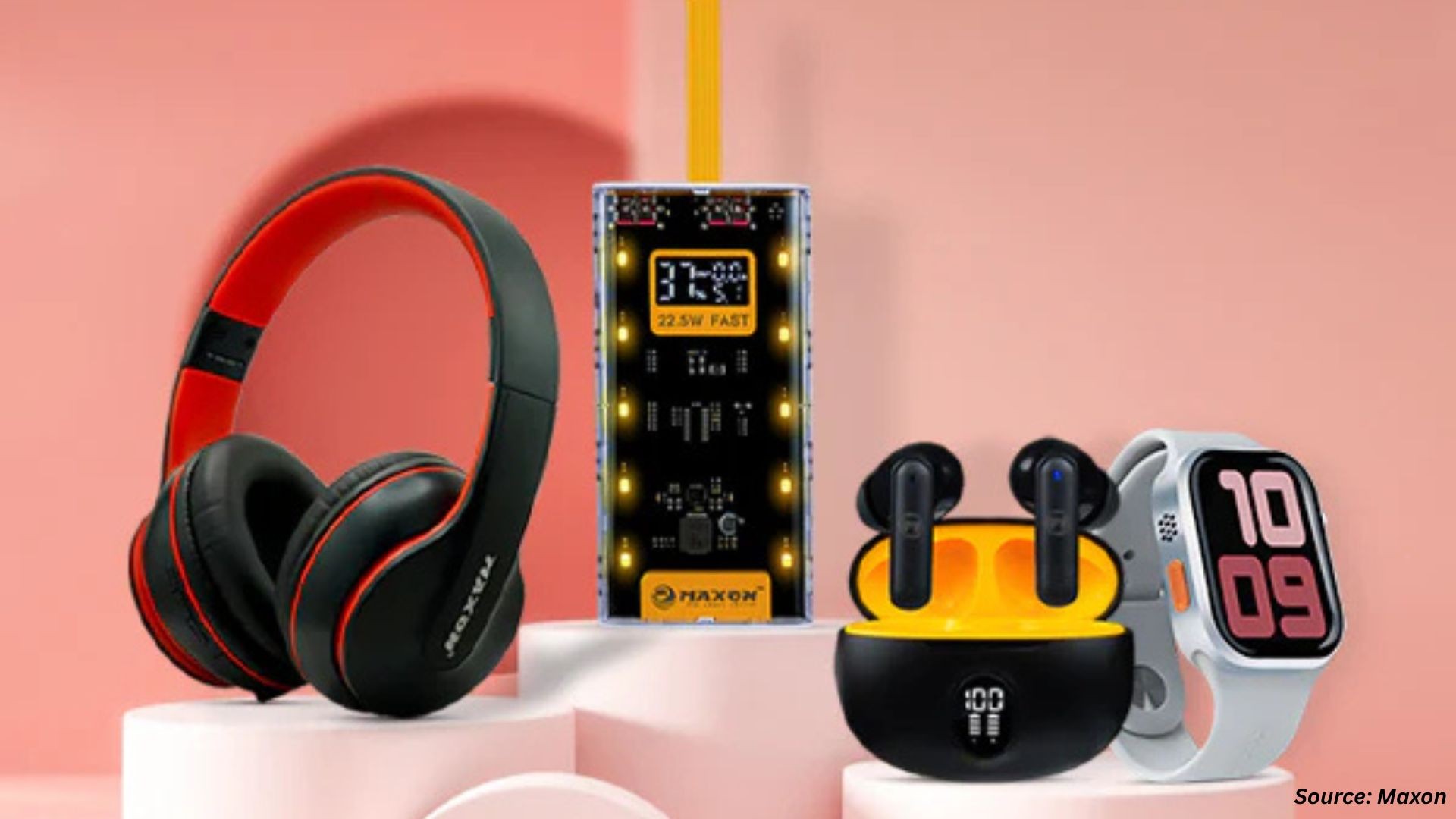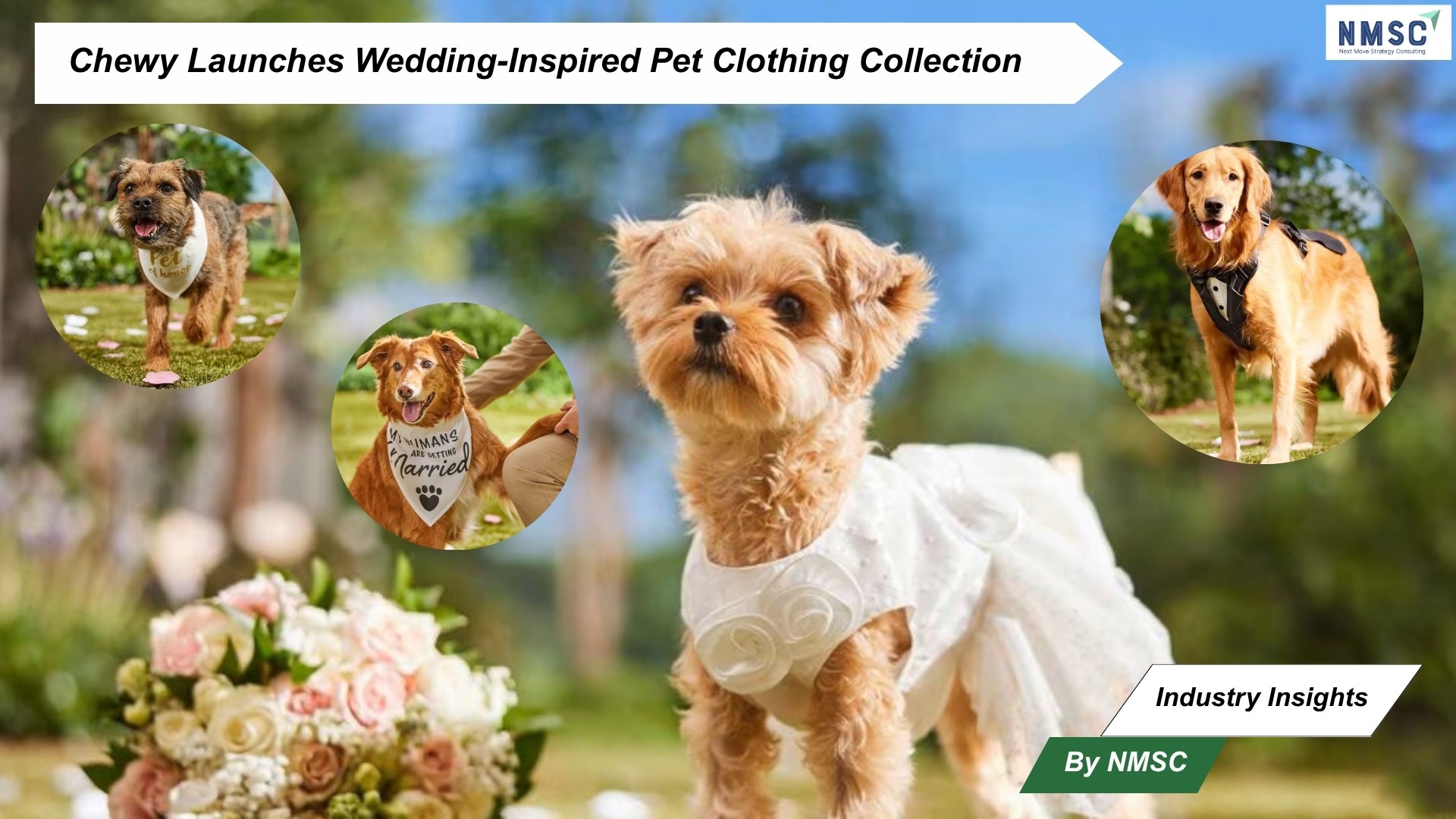The Pet Clothing Market is Expected to Reach USD 7.23 billion by 2030
Published: 2025-10-07
Growing Pet Populations, Humanization of Pets and Social Media Culture Spark Boom in Pet Fashion
According to Next Move Strategy Consulting, the global Pet Clothing Market size was valued at USD 5.4 billion in 2024 and is projected to grow to USD 5.7 billion by 2025. Additionally, the industry is expected to continue its growth trajectory, reaching USD 7.23 billion by 2030, with a CAGR of 4.8% from 2025 to 2030.
The rise of social media and influencer culture has significantly contributed to the growth of the pet clothing market trends. Platforms like Instagram and TikTok spotlight pets in fashionable attire, amplifying trends through viral hashtags.
Popular pet influencers, or "petfluencers," collaborate with luxury brands such as Gucci and Valentino, establishing new style benchmarks for pets. These high-profile endorsements not only elevate the perception of pet fashion but also shape consumer spending behaviour, as pet owners increasingly mirror the styles of their favourite online pet personalities. With engagement rates averaging 5%, petfluencers are surpassing human influencers and playing a key role in driving the pet clothing market demand.
However, despite this momentum, limited awareness in emerging markets continues to restrain the pet clothing market growth. In many developing regions, pet clothing is still viewed as an optional luxury rather than a fashion necessity.
Factors such as cultural perceptions, lower disposable incomes, and limited exposure to global pet fashion trends hinder the pet clothing market expansion. For instance, while India’s pet population surged to 42 million in 2024 from 26 million in 2019, the adoption of pet costumes remain sluggish due to a lack of consumer awareness and education around the benefits of pet apparel.
On the other hand, the integration of technology into pet fashion presents a promising opportunity for industry penetration. Smart accessories such as GPS-enabled collars, health-monitoring vests, and battery-heated coats offer a blend of style and utility. These tech-driven innovations appeal to modern, tech-conscious pet owners seeking practical yet fashionable solutions for their pets. By combining aesthetics with functionality, brands can tap into a growing segment of consumers looking for cutting-edge apparel that ensures both comfort and safety for their pets.
Curious About the Pet Clothing Market Report? Grab a FREE Sample Here
According to the report, the top players operating in the pet clothing industry include Canada Pooch, Little Beast, Moshiqa, Max-Bone among others. These companies are adopting strategies, including partnership, and product launches across various countries and regions to maintain their dominance in the market.
In the recent years, the global pet clothing industry has experienced a wave of strategic innovation, marked by a noticeable pattern: leading brands are leveraging collaborations, pop culture tie-ins, and sustainability to differentiate themselves and drive growth.
Rather than focusing solely on product function, companies are transforming pet clothing into a lifestyle and fashion statement, aligning their offerings with consumer values and interests beyond traditional pet care.
A strong example of this is Canada Pooch, which has embraced sustainability with its Eco+ Alaskan Army Parka, made from Desserto® cactus leather. This eco-conscious strategy reflects a growing demand among pet owners for environmentally friendly options, positioning Canada Pooch as a leader in sustainable innovation.
Meanwhile, Little Beast capitalized on pop culture by partnering with the NBA to release a licensed apparel collection, effectively merging sports fandom with pet fashion. This trend of crossing over into other lifestyle domains is echoed by Max-Bone’s Bridgerton-inspired capsule collection, which demonstrates how tapping into entertainment IPs can expand brand reach and appeal to style-conscious pet owners.
Luxury and celebrity partnerships are also playing a pivotal role. Moshiqa’s collaboration with Paris Hilton for the MetaPink Pet Collection is not just a product line—it’s a brand statement that fuses high fashion, celebrity culture, and pet lifestyle branding.
Across these brands, a pattern is evident: the most competitive players are no longer just selling pet clothing—they are building immersive brand experiences. Whether through sustainability, wellness, fashion, or fandom, these companies are embedding pet apparel into broader cultural and consumer trends.
The competitive landscape is increasingly shaped by a brand’s ability to tell stories, form strategic alliances, and offer differentiated value propositions that resonate on emotional and lifestyle levels. Going forward, success in the market will depend not only on product innovation, but also on how effectively brands integrate into the lives, interests, and values of modern pet owners.
Key Insights from the Pet Clothing Market Report:
-
The information related to key drivers, restraints, and opportunities and their impact on the Pet Clothing market is provided in the report.
-
The value chain analysis in the market study provides a clear picture of the roles of each stakeholder.
-
A competitive analysis of the key players in the pet clothing market share along with their competitive analysis is in the report.
















Add Comment